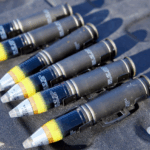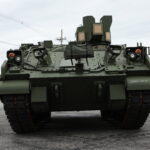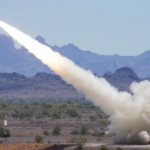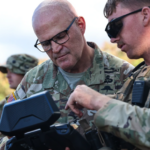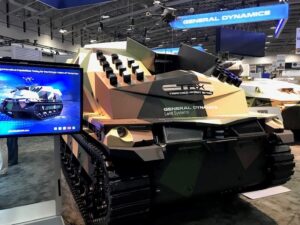
General Dynamics [GD] Land Systems will hold a third demonstration of its Tracked Robot X-Ton, or TRX, robotic vehicle for the Army next February and March ahead of the platform’s participation in the Army’s major company-level Robotic Combat Vehicle (RCV) experiment in the summer of 2022. The company showcased the latest version of TRX publicly for the first time at last week’s Association of the United States Army (AUSA) conference, highlighting the platform outfitted with an indirect fire package that…

 By
By 